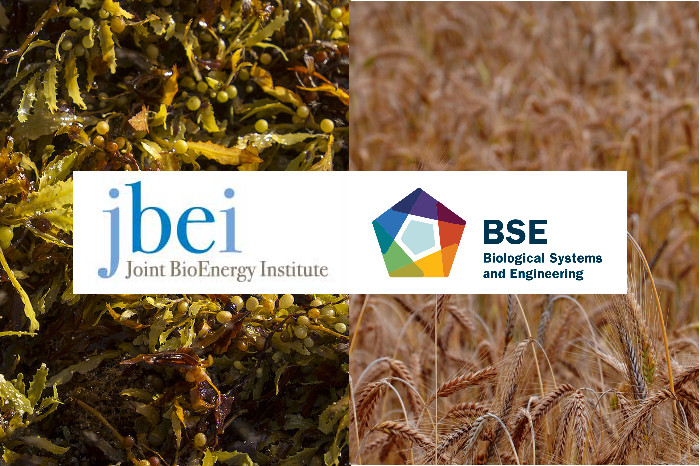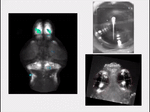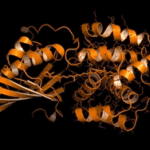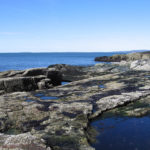 Six proposals have been selected to participate in a new partnership between two DOE user facilities at Lawrence Berkeley National Laboratory through the FICUS initiative. The expertise and capabilities available at JGI and NERSC will help researchers explore the wealth of genomic and metagenomic data generated worldwide through access to supercomputing resources and computational science experts to accelerate discoveries. Read more on the DOE JGI website.
Six proposals have been selected to participate in a new partnership between two DOE user facilities at Lawrence Berkeley National Laboratory through the FICUS initiative. The expertise and capabilities available at JGI and NERSC will help researchers explore the wealth of genomic and metagenomic data generated worldwide through access to supercomputing resources and computational science experts to accelerate discoveries. Read more on the DOE JGI website.
DARPA Awards $21.6M to Develop Optogenetic ‘Read-Write’ Neural Interface
Ehud Isacoff of the Molecular Biophysics and Integrated Bioimaging (MBIB) Division is the project lead on a $21.6 million grant awarded to UC Berkeley as part of the Defense Advanced Research Projects Agency’s (DARPA’s) Neural Engineering System Design program. The team led by Isacoff, director of the Helen Wills Neuroscience Institute at UC Berkeley, aims to develop a novel brain-machine interface that uses light to monitor and modulate the activity of thousands to millions of individual neurons in the cerebral cortex.
JBEI/BSE Paper Among PLOS ONE Top 10% Most Cited Articles
 A paper by Joint BioEnergy Institute (JBEI) and Biological Systems and Engineering (BSE) researchers has been ranked among the top 10% most cited PLOS ONE articles. “A Thermophilic Ionic liquid-tolerant Cellulase Cocktail for the Production of Cellulosic Biofuels” published in 2012 has already been viewed 8,871 times and cited 50 times as of today. The paper reports the development of an Ionic Liquid-tolerant cellulase cocktail by combining thermophilic bacterial glycoside hydrolases produced by a mixed consortia with recombinant glycoside hydrolases.
A paper by Joint BioEnergy Institute (JBEI) and Biological Systems and Engineering (BSE) researchers has been ranked among the top 10% most cited PLOS ONE articles. “A Thermophilic Ionic liquid-tolerant Cellulase Cocktail for the Production of Cellulosic Biofuels” published in 2012 has already been viewed 8,871 times and cited 50 times as of today. The paper reports the development of an Ionic Liquid-tolerant cellulase cocktail by combining thermophilic bacterial glycoside hydrolases produced by a mixed consortia with recombinant glycoside hydrolases.
Novel Orange Carotenoid Proteins Shed Light on Evolution of Cyanobacteria Photoprotection
Research led by Cheryl Kerfeld, with members of her group in Berkeley Lab Biosciences’ Molecular Biophysics and Integrated Bioimaging (MBIB) Division, as well as her MSU-DOE Plant Research group at Michigan State University, has identified and characterized a new, functionally distinct member of the Orange Carotenoid Protein (OCP) family. The OCP complex enables chromatically acclimating blue-green algae to avoid cellular damage and growth inhibition in conditions of high light or nutrient stress.
DOE JGI Helps Find How Red Alga Thrives in Intertidal Zone
As part of a 50-member team led by University of Maine, Carnegie Institution for Science, and East Carolina University researchers, the DOE Joint Genome Institute (DOE JGI) sequenced, assembled and annotated the genome of the red alga Porphyra umbilicalis. The algal genome offers insights into the organism’s stress-tolerance mechanisms and how that impacts its ability to fix carbon. Read more on the JGI website.
- « Previous Page
- 1
- …
- 146
- 147
- 148
- 149
- 150
- …
- 213
- Next Page »
Was this page useful?







